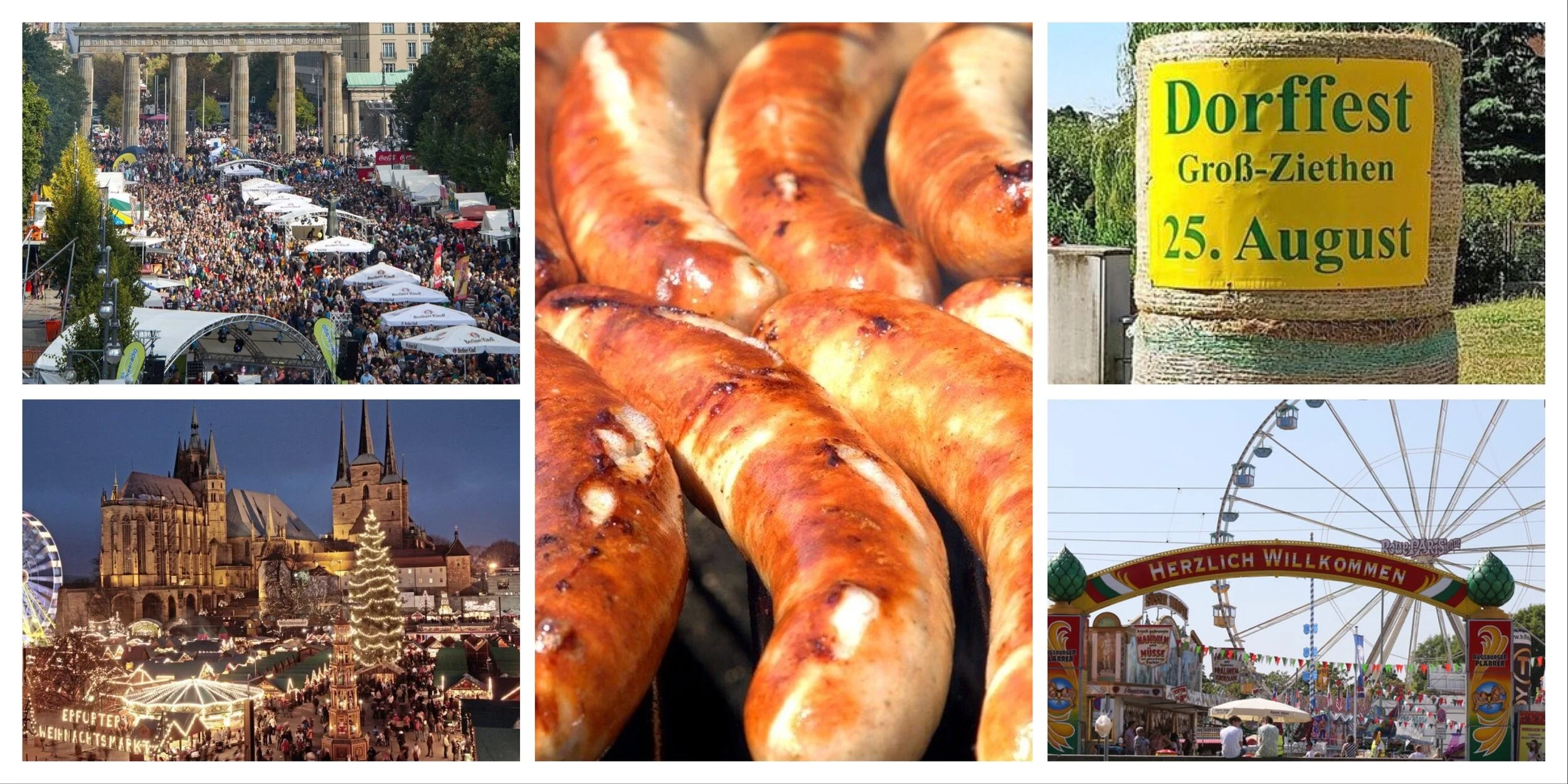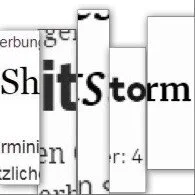A Festival of Difference
In the fantastic Germany: Memories of a Nation podcast (based on the book and exhibition at the British Museum) Neil MacGregor presents objects, people and places which tell the story of Germany. From the moment MacGregor begins, it’s clear that German history is far more complex than his listeners might assume. Germany, up until 1871 was not a unified nation, but rather a collection of distinct and separate kingdoms and principalities. Even after unification in 1871, the disparate states that Bismarck and Kaiser Wilhelm I corralled, coerced and forced together were hardly homogeneous. Despite outside perceptions and 149 years of history, Germany is still marked by clear regional differences. MacGregor brilliantly sums up the internal conflict of Germany, with a simple comparison to one of its nearest neighbours:
“General de Gaulle once famously complained of the difficulty of governing a country with 246 different cheeses. Germany, it’s reckoned, has 1200 different kinds of Wurst. There’s a real challenge to a government”.
An example of the nature of regional differences can be found in one of Germany’s most famous states, Bavaria. Spend a day driving around Bayern, and it becomes very clear that Bavaria not only has a distinct state identity, but that it has states within states. Dialects can shift kilometer by kilometer, with each village, town or city celebrating specific local festivals. These festivals may take a similar form, but they are not considered the same thing. Some have a market or like the Erlangen Bergkirchweih or the Forchheim Annafest, beer benches set up in neat rows. They may look the same, but the locals will beg to differ. Swabians, Oberpfalzer and Frankonians all understand themselves to be different. Yes, they are all part of Germany and their citizens are more than happy to dust off their national flags for football tournaments, but ask them which area has the best food, the best beer, the best bread and locals will not hesitate to tell you it is their hyper specific region. Some (I’m looking at you Franken) might even tell you they aren’t really Bavarian at all.
The many flags of the Bavarian regions.
The regional differences are just as important to the politics of Germany, as they are to the people. Germany is a federal republic, which in practice means each state has a regional parliament. Variances in law or education can certainly impact the differences. A perfect example, of no real surprise, is that no potential Bavarian Minster President would miss an opportunity to be photographed in some form of Bavarian regional dress. It’s a vote winner and a sure sign that a politician understands the importance of regional pride. Contrast that with other states, such as in the North or East; a politician caught in some figure-hugging lederhosen could see their vote share fall off a cliff.
Considering all these differences, how on earth has Germany managed to stay together? Well, it hasn’t. One look at the remains of the Berlin Wall would tell you as much. Certainly, the western states feel they have more in common than those that sat behind the Iron curtain. Tensions are never far from the surface, but aside from a few nostalgia junkies, most Germans would prefer not to go back to the pre-1990 world. Fringe discussions of secession from the German polity do occur, but there is no serious fear that Germany will dissolve itself anytime soon.
German identity is held together by this network of regions, rivalries and difference, someone might be Bavarian, Thuringian or a stone-cold Berliner, but in the end they’re all Germans. I have no definitive proof, but my experience over the last decade tells me that German identity is in part based on regional identity. It’s in the community halls, the local Wirtschaft, the sports clubs, the Sunday walk through streets of closed shops, and in some cases, the church. It is solidified by regular gatherings of people, at the annual Dorffest, Bi-annual Volksfest, the party as the May pole goes up or the collection for the voluntary fire brigade. It is topped by the national festivals, of which Oktoberfest or the Christmas market are only two examples. It’s in the sombre remembrance of the past, as well as in the national public holidays celebrating reunification.
Celebrations of local difference can feed into a larger sense of national identity, as Germany clearly can attest, but can festivals be used to bring countries together without local frameworks? The British government has begun planning such a festival, hoping to unite a country divided by geography, politics, media consumption and Brexit. It is argued that for the nation to heal the fractures since 2016, the UK needs a Festival of Great Britain and Northern Ireland. Declarations, or rather demands, for the nation to heal and come together are hardly a good start, especially when they are issued from the very people who caused all the damage. Sustaining the greater national identity through a national festival, as the example of Germany shows, requires a foundation of regular regional community events. Yet in Britain, community events and spaces have been decimated by ten years of austerity. Those that still exist do so despite government decisions. Can a top down approach really unite a nation and if so, for how long?
German traditions, whether regional or national have developed over centuries. They differ from state to state, but there is a coherence, a through line in these celebrations. Carnival costumes, May poles, grill parties and village festivals are the fabric of German society, events that continue to evolve annually based on a surprisingly solid foundation of regional difference. The Festival of Great Britain and Northern Ireland will attempt to create a similar unity, whether it will succeed depends on what happens between now and 2022. If governing a nation with 1200 types of sausage is a challenge, at least Germans agree on the type of food that represents them. I’m not entirely sure the UK can say the same.









